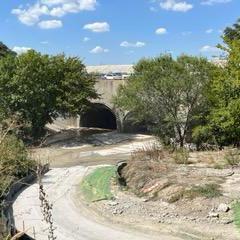Concrete Maturity & Weather Planning

Placing concrete successfully requires planning and preparation for many factors, most importantly weather. We use both experience and engineering tools to help clients plan and monitor the placement and curing of your concrete structures in challenging environments.
- Cold Weather Planning: Newly placed concrete subjected to cold temperatures can experience slow curing and, if it freezes, permanently reduced strength. Our team tailors cold weather guidelines to your specific project needs to help protect your structures from cold weather.
- Hot Weather Concreting: Placing concrete in high temperatures can accelerate the rate of moisture loss and increase the rate of cement hydration leading to consolidation and air entrainment difficulties, poor surface quality, decreased concrete strength, and thermal cracking. We help you plan for hot weather with creative solutions such as utilizing admixtures, properly timing delivery and protection strategies, and controlling the batch delivery temperature.
- Maturity Monitoring: The rate of strength gain of concrete is dependent on the concrete temperature and age. Concrete maturity is the relationship between temperature, time, and compressive strength, which is used to estimate the in-situ compressive strength of concrete. Braun Intertec uses maturity monitoring on projects for cold weather protection, as well as timing for stressing post-tension cables and form removal.


